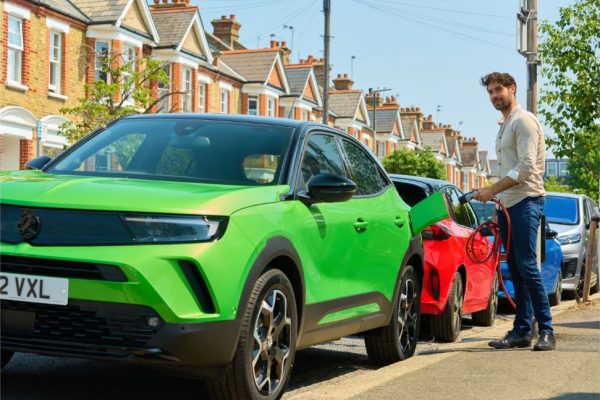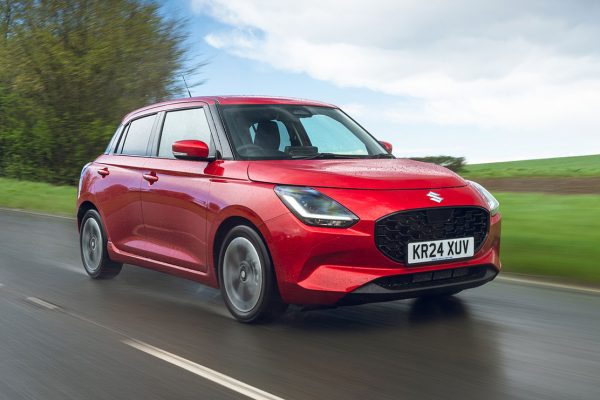-
AMAPs in brief: these are the mileage rates you can claim for using a private car on business trips. AMAPs is an acronym for Approved Mileage Allowance Payment rates. The AMAP rates are tax free.
THERE are many SME firms that don’t have a company car policy but ask employees to use their own private car for business use.
Reimbursement for the business mileage is usually offered by paying an approved mileage rate.
These are known as Approved Mileage Allowance Payments. This is often abbreviated to AMAPs.
Here’s how it works.
Using AMAPs you may reimburse a staffer who has used their private car on business up to the amount shown below. The employee is not liable for tax on it.
AMAPs can also be used if you run your small business as a limited company but use your private car for business.
The statutory mileage AMAP rates
- Up to 10,000 miles: 45p per mile; 10,000 miles or more: 25p per mile
These AMAP rates have been current from April 06, 2011.
The statutory mileage AMAP rates are the same for all cars, irrespective of engine size. For smaller cars, they are quite generous. But they may not cover the costs for larger vehicles. On the other hand, for electric vehicles they are fantastically good news.
The government wants to encourage drivers into more fuel-efficient vehicles – and reduce the UK’s carbon dioxide (CO2) emissions.
AMAPs are higher for the first 10,000 miles per year to reflect standing annual costs of motoring, such as Vehicle Excise Duty, business use insurance and depreciation for extra wear and tear.
For every subsequent mile, the mileage rate is lower. This is also to discourage unnecessary business mileage, which is another part of the government’s drive to reduce CO2 emissions.
If you carry passengers on a business trip, they can be claimed for at an additional 5p per mile.
What if you pay less than the AMAP rate?
If an SME decides to pay its staff a lower mileage rate than those in the AMAP table above, the employee can claim tax relief on the difference in their annual return (which is known as Mileage Allowance Relief).
AMAPs can also be paid for using a motorbike on business (24p per mile) and cycling on business (20p per mile). There are no mileage limits on these rates.
AMAPs cannot be claimed for each separate car: they are cumulative for the person claiming them – so you cannot claim 10,000 miles in car 1 at 45ppm and then another 10,000 miles in car 2 at 45ppm.
What if I’m self-employed?
If you are self-employed and use your private car for business trips you can also use the AMAP rates. However, you cannot use AMAP rates AND write off a percentage of running costs and fuel against tax.







